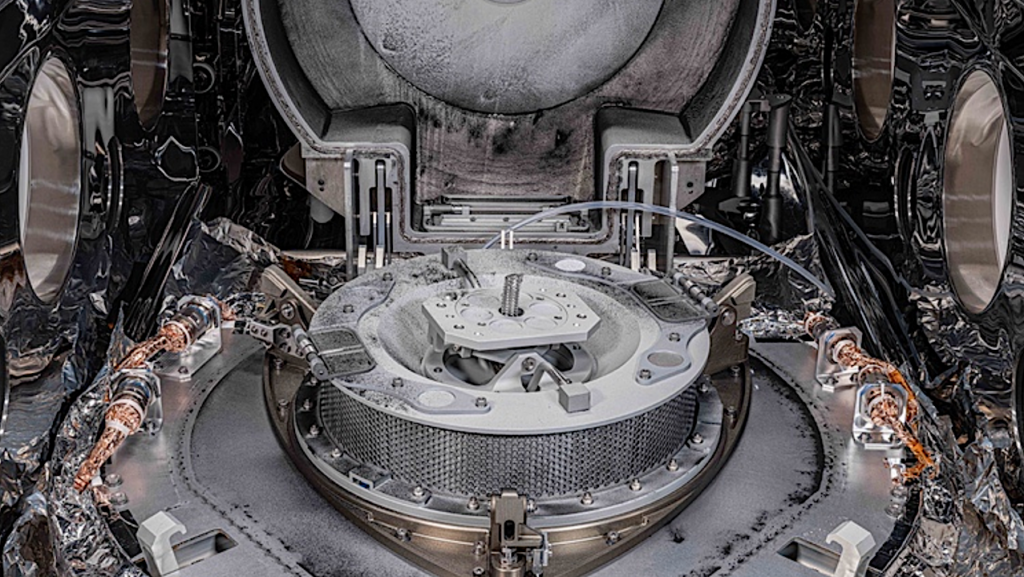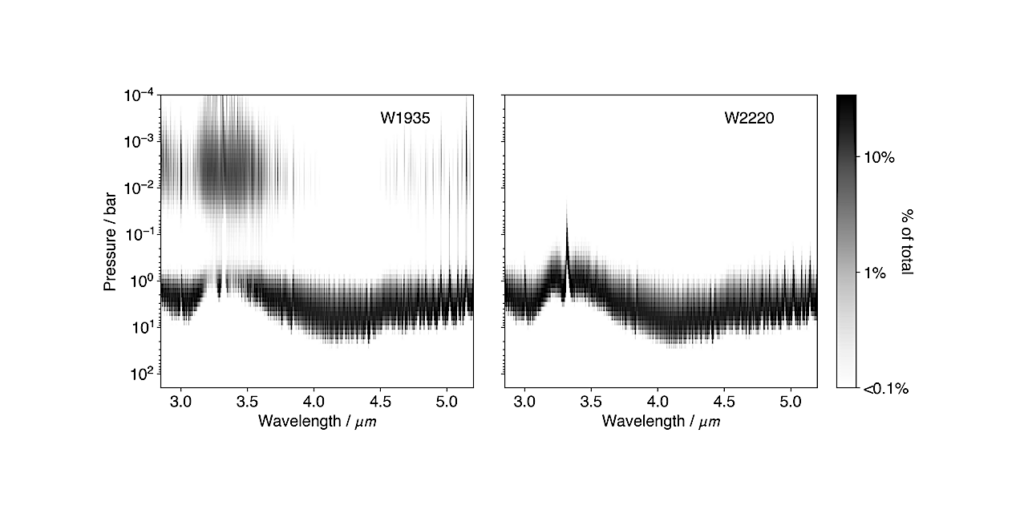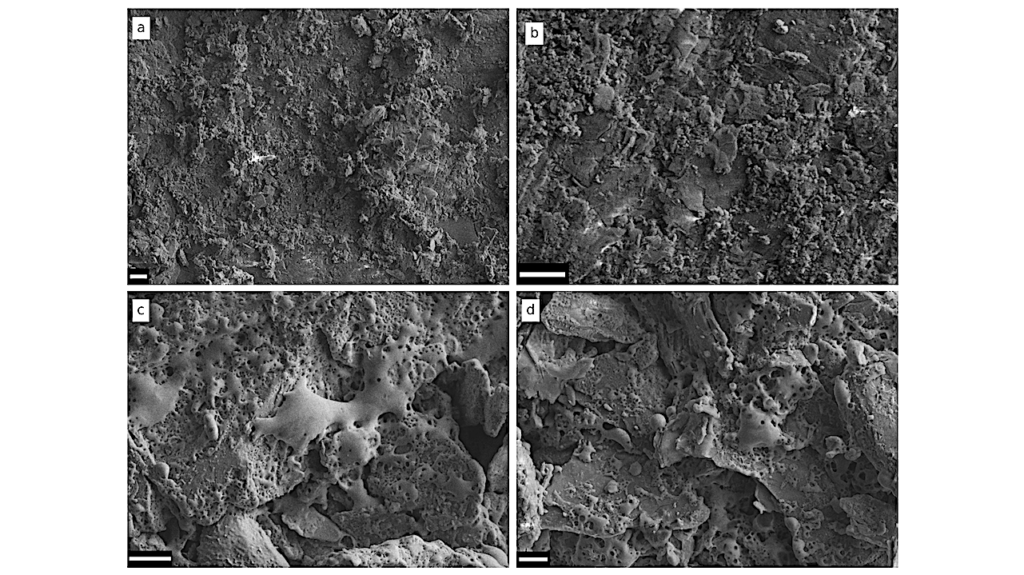The ALMA-PILS survey: First Tentative Detection of 3-hydroxypropenal (HOCHCHCHO) In The Interstellar Medium And Chemical Modeling Of The C3H4O2 Isomers

Characterizing the molecular composition of solar-type protostars is useful for improving our understanding of the physico-chemical conditions under which the Sun and its planets formed.
In this work, we analyzed the Atacama Large Millimeter/submillimeter Array (ALMA) data of the Protostellar Interferometric Line Survey (PILS), an unbiased spectral survey of the solar-type protostar IRAS~16293–2422, and we tentatively detected 3-hydroxypropenal (HOCHCHCHO) for the first time in the interstellar medium towards source B.
Based on the observed line intensities and assuming local thermodynamic equilibrium, its column density is constrained to be ∼1015 cm−2, corresponding to an abundance of 10−4 relative to methanol, CH3OH. Additional spectroscopic studies are needed to constrain the excitation temperature of this molecule. We included HOCHCHCHO and five of its isomers in the chemical network presented in Manigand et al. (2021) and we predicted their chemical evolution with the Nautilus code. The model reproduces the abundance of HOCHCHCHO within the uncertainties. This species is mainly formed through the grain surface reaction CH2CHO + HCO → HCOCH2CHO, followed by the tautomerization of HCOCH2CHO into HOCHCHCHO. Two isomers, CH3COCHO and CH2COHCHO, are predicted to be even more abundant than HOCHCHCHO. Spectroscopic studies of these molecules are essential in searching for them in IRAS~16293–2422 and other astrophysical sources.
A. Coutens, J.-C. Loison, A. Boulanger, E. Caux, H. S. P. Müller, V. Wakelam, S. Manigand, J. K. Jørgensen
Comments: Accepted in A&A Letters
Subjects: Astrophysics of Galaxies (astro-ph.GA); Solar and Stellar Astrophysics (astro-ph.SR)
Cite as: arXiv:2203.14119 [astro-ph.GA] (or arXiv:2203.14119v1 [astro-ph.GA] for this version)
Submission history
From: Audrey Coutens
[v1] Sat, 26 Mar 2022 17:33:34 UTC (299 KB)
https://arxiv.org/abs/2203.14119
Astrobiology, Astrochemistry,








